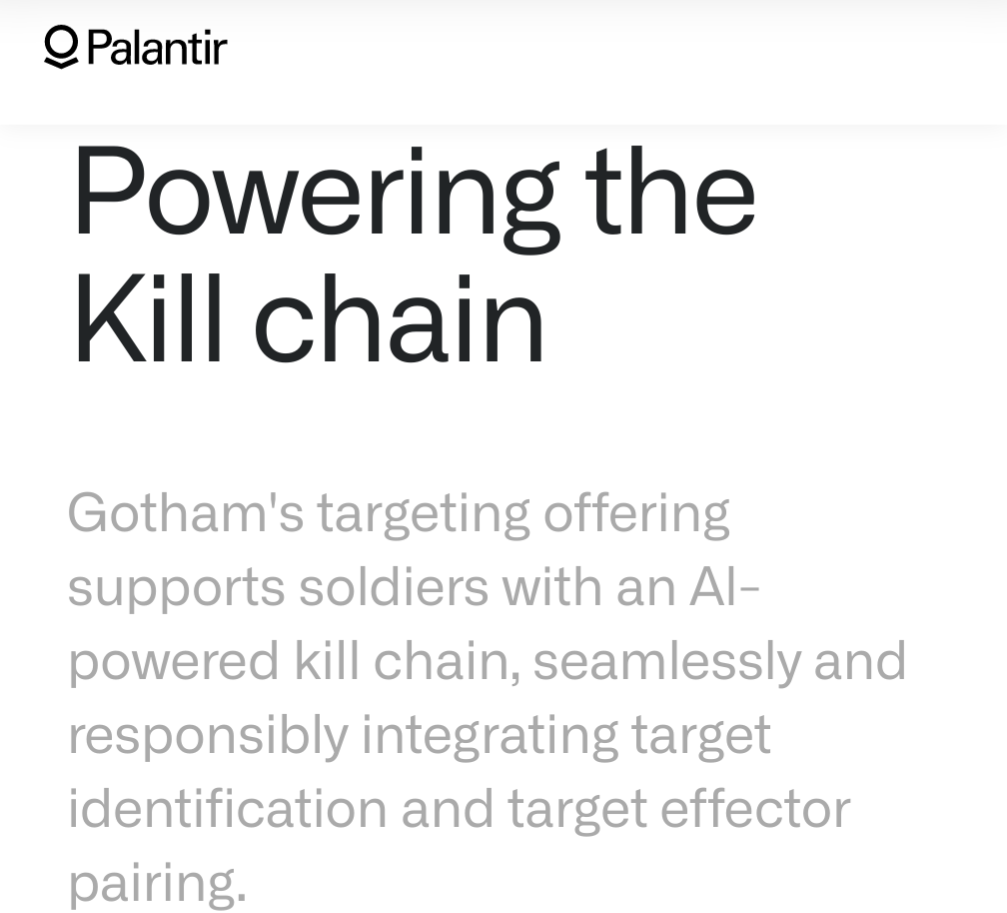

Oh, to me it just doesn’t remotely look like they’re interested in surveillance type stuff or significant analytics.
We’re already seeing growing commercial interest in using LLMs for stuff like replacing graphic designers, which is folly in my opinion, or for building better gateways and interpretive tools for existing knowledge based or complex UIs, which could potentially have some merit.
Chat gpt isn’t the type of model that’s helpful for surveillance because while it could tell you what’s happening in a picture, it can’t look at a billion sets of tagged gps coordinates and tell you which one is doing some shenanigans, or look at every bit of video footage from an area and tell you which times depict certain behaviors.
Looking to make OpenAI, who seem to me to be very clearly making a play for business to business knowledge management AI as a service, into a wannabe player for ominous government work seems like a stretch when we already have very clear cut cases of the AI companies that are doing exactly that and even more. Like, Palantirs advertisements openly boast about how they can help your drone kill people more accurately.

I just don’t think we need to make OpenAI into Palantir when we already have Palantir, and OpenAI has their own distinct brand of shit they’re trying to bring into the world.
Google doesn’t benefit by selling their data, they benefit by selling conclusions from their data, or by being able to use the data effectively. If they sell it, people can use the data as often as they want. If they sell the conclusions or impact, they can charge each time.
While the FBI does sometimes buy aggregated location data, they can more easily subpoena the data if they have a specific need, and the NSA can do that without it even being public, directly from the phone company.
The biggest customer doesn’t need to pay, so targeting them for sales doesn’t fit, whereas knowing where you are and where you go so they can charge Arby’s $2 to get you to buy some cheese beef is a solid, recurring revenue stream.
It’s a boring dystopia where the second largest surveillance system on the planet is largely focused on giving soap companies an incremental edge in targeted freshness.

Robots.txt isn’t even a rule, it’s a request.
“Please do not ask for the following content if you are a robot”.
If you don’t want someone to look at your content, you ultimately have to not give it to them, not just ask them to not ask.